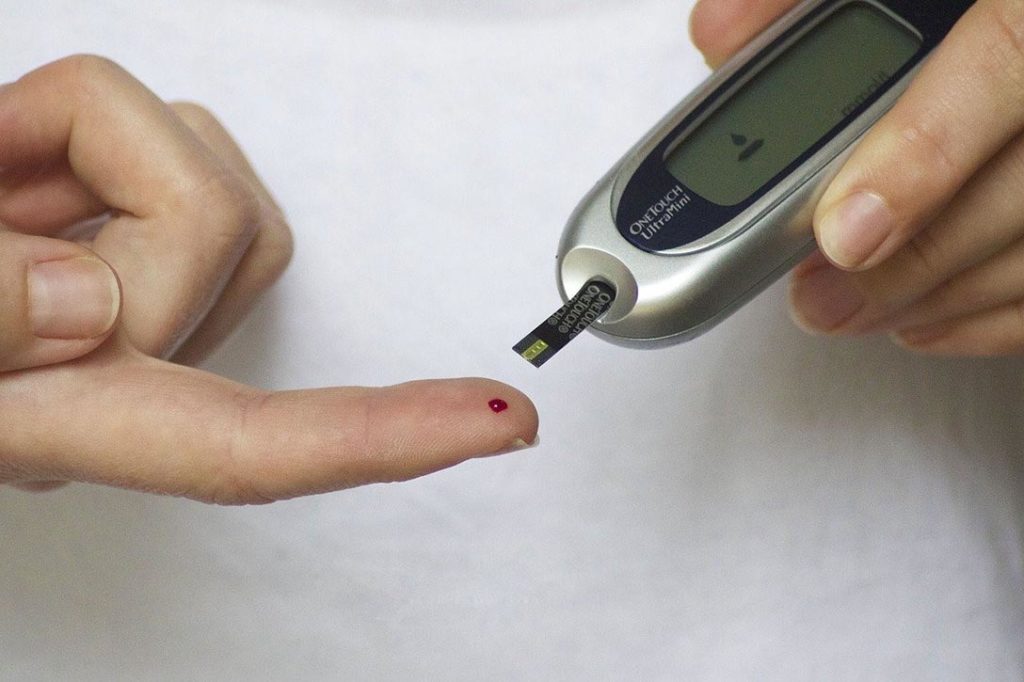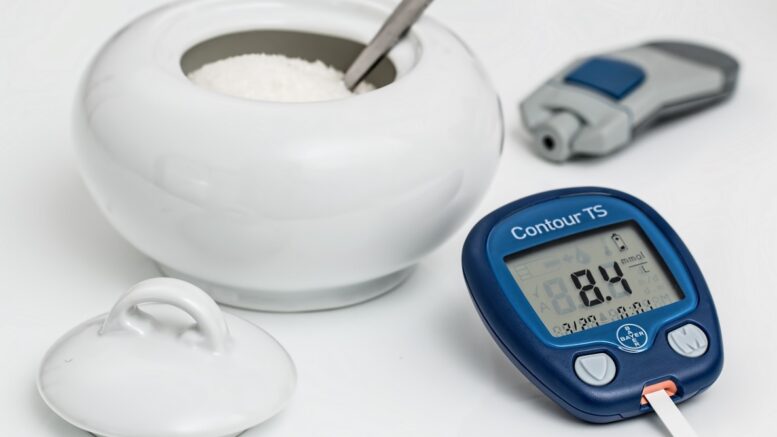Hypoglycemia occur when blood sugar levels drop below the target range, usually when a subject is diabetic. This may occur for many reasons, and the symptoms vary from nothing at all to life-threatening crises. In any case, hypoglycemia always is a medical condition that requires prompt intervention.
Signs and symptoms of hypoglycemia
Glucose is an important source of energy that is usually absorbed by the body through food. Cells use it for all their fundamental processes, while any excess is stored in the muscles and liver for later use. Whenever an imbalance of any kind causes glucose levels in the blood to fall below a certain range (0.7 g/L or 70 mg/dL), the cells cannot function normally anymore, causing many serious symptoms. However, depending from person to person, these symptoms may not always be evident, especially in subjects which are accustomed to high blood sugar levels such as diabetic people.
Usually, early signs of blood glucose becoming too low include:
- Weakness and fatigue
- Headaches
- Blurred vision
- Irritability
- Cold sweats
- Chills or shivering
- Brain fog and/or confusion
If the blood sugar keeps dropping, more severe symptoms of hypoglycemia might include:
- Severe confusion
- Unconsciousness
- Convulsions
- Profuse sweating
- Inability to eat, drink, walk, or speak
Common causes of hypoglycemia
Blood sugar can get very low in diabetic persons for several reasons. The most common of which are side effect of the same medications used to control diabetes itself. In fact, to control their condition, diabetic people must take some drugs such as glinides, sulfamides and rapid insulin injections to prevent hyperglycemia. However, when the dosage of such medications become too high, blood glucose levels can drop too much.
Other causes of hypoglycemia include fasting, skipping or postponing meal. When a patient under treatment does not eat for some reason, the medications’ dosage must be changed accordingly. Drinking alcohol can also cause alterations of the blood sugar balance while reducing the symptoms of hypoglycemia at the same time, making it harder to detect it early enough. Finally, a prolonged state of illness or liver infections can also reduce blood glucose levels.

Treatment of hypoglycemia
It is important to remember that hypoglycemia is a potentially fatal condition and that proper medical advice must be always sought as soon as possible. However, in the meantime, as the American Diabetes Association suggests, blood glucose levels can be normalized by following the so-called “15-15 rule.” According to this rule, the patient must be administered 15 grams of carbohydrates and then check their glycemia after 15 minutes. If it’s still below 70 mg/dL, then another serving must be administered.
Here’s a quick list of foods that contain 15 grams of carbohydrates:
- A single hard candy
- A piece of biscuit
- Some fruit juice or non-diet soda (half a cup)
- A tablespoon of honey or sugar
Conclusion
If hypoglycemia is too severe, emergency medical attention must be seeked without delay. Rushing to the nearest emergency department may be necessary to receive an injection of glucagon, an hormone that stimulates the release of glucose stored inside the liver to normalize its blood levels.
